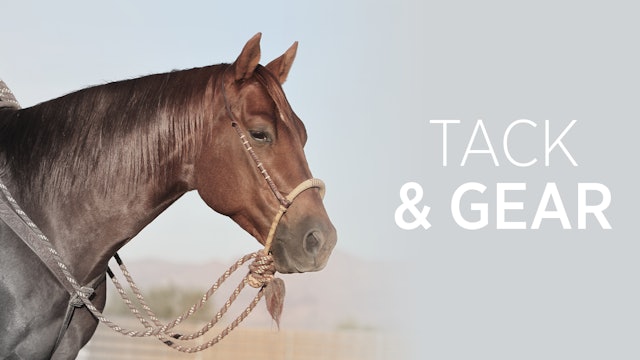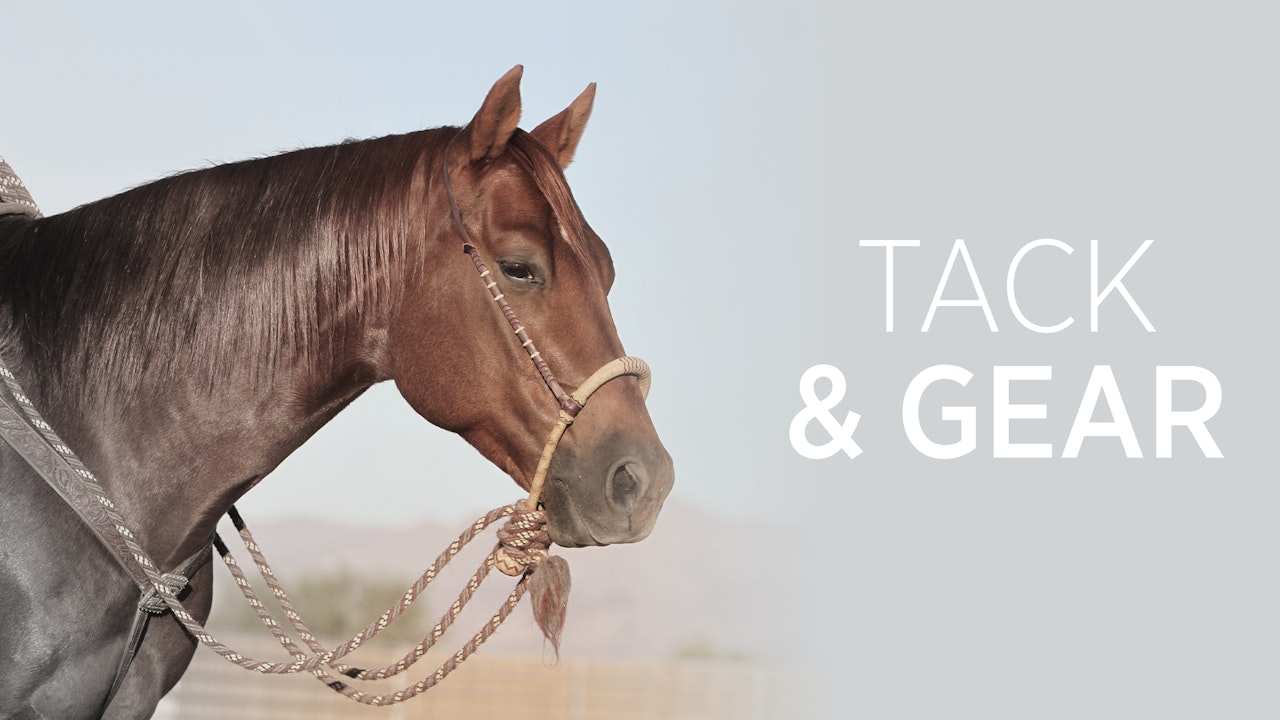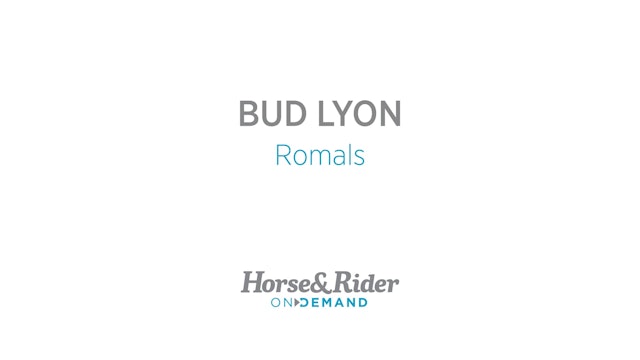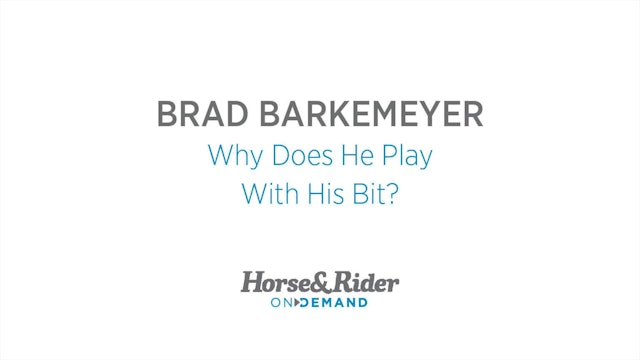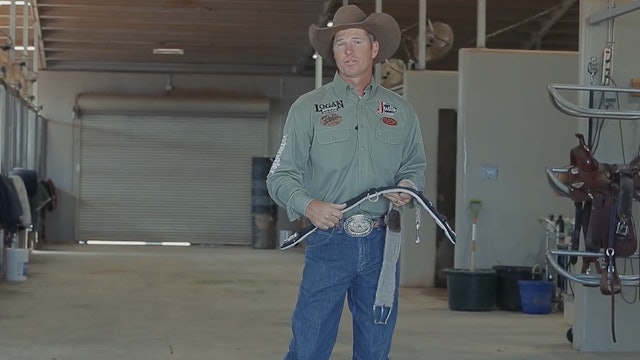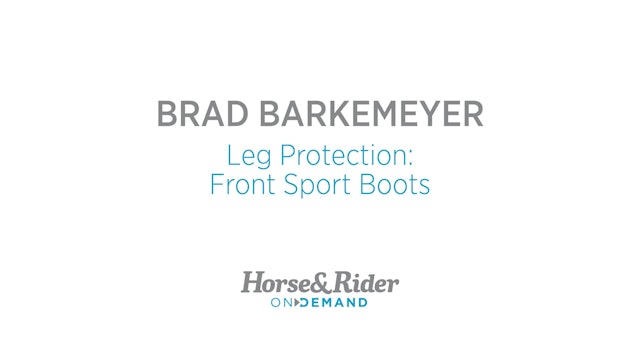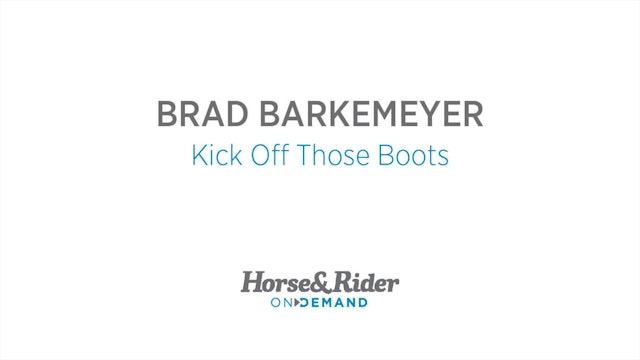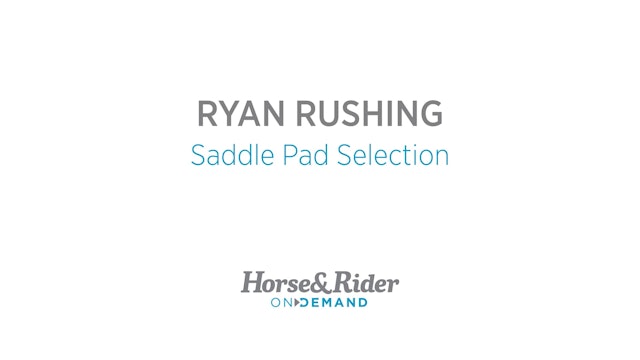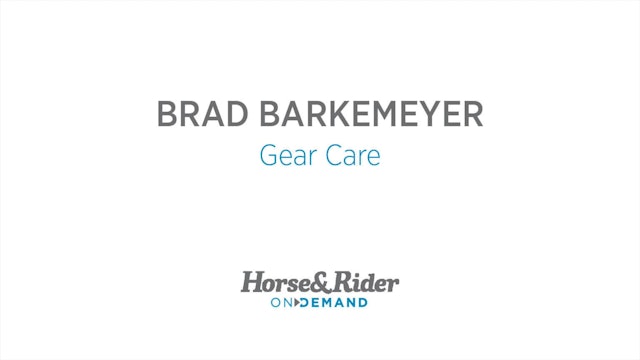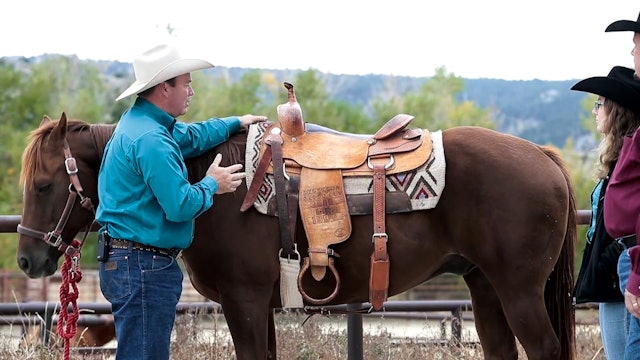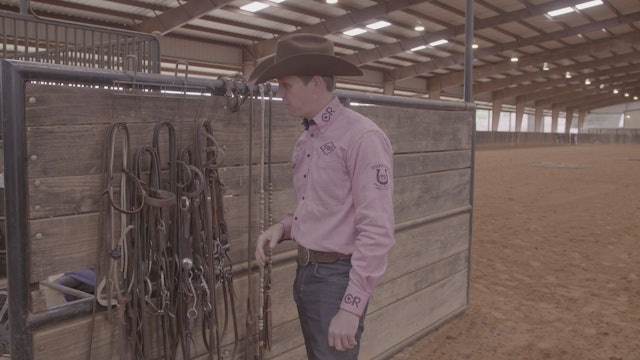Tack and Gear
Whether you've just started riding Western or are adding to your Western tack collection, choosing the right equipment for you and your horse can be daunting. Learn from Bud Lyon, Brad Barkemeyer, Amberley Snyder, Al Dunning, and Ken McNabb on the best western horse training tack and gear to keep safe while working with your horse.
-
Two-Rein Warm-Up
Brad Barkemeyer shows you how he likes to warm up his horses when he's riding in the two-rein.
-
Familiarizing Yourself With the Two-Rein
It takes time to get comfortable riding in the two-rein. Brad Barkemeyer talks about the importance of familiarizing yourself with the two-rein.
-
Two-Rein Riding Drills
Brad Barkemeyer goes over how to hold the two-rein and how to properly steer your horse in the two-rein.
-
The Basics of The Two-Rein
Brad Barkemeyer goes over the basics of the two rein, what kind of gear you need, how to properly use it, and the basics of how to ride in a two-rein set up.
-
Communicating the Turn in a Bridle
As you transition into the bridle your horse needs to be comfortable neck reining. Here Brad Barkemeyer shows you how to communicate a turn to your horse one handed.
-
Transitioning a Cow Horse Into the Bridle
The final step when training a cow horse is transitioning them into the bridle. Brad Barkemeyer goes through the steps he likes to take when first introducing a horse to the bridle and how he works on neck reining, steering, and collection.
-
Corner Work in a Hackamore
Brad Barkemeyer shows you how he likes to practice corners to help his horse get comfortable going through a corner when working a cow.
-
Dry Work in a Hackamore
To get a horse comfortable in the hackamore Brad likes to include some dry work into his riding routine before putting a horse on cattle or before working the flag.
-
Helping Your Horse Draw Back in the Hackamore
Cow horses must be comfortable drawing back to successfully work a cow. Brad Barkemeyer shows you how he likes to teach it in a hackamore.
-
Is Your Horse a Hackamore Horse?
Just because you ride your horse in a hackamore doesn't necessarily mean he's a hackamore horse. Learn what Brad Barkemeyer is looking for when he finds his next hackamore horse.
-
Learning From Mistakes in the Hackamore
Brad Barkemeyer talks about learning from your mistakes when you're first starting to ride your horse in a hackamore.
-
Collecting a Horse in the Hackamore
Collection in the hackamore is a little different than it is in a snaffle bit or shank bit. Brad Barkemeyer goes over how to gain collection using a hackamore.
-
Basics of the Hackamore
Brad Barkemeyer goes over the basics of riding in a hackamore.
-
Romal Reins
Bud Lyon discusses different types of romal reins.
-
Why Does He Play With His Bit?
Does your horse play with his bit? Brad Barkemeyer offers his advice on what kind of bit to try.
-
How to Choose Cinch & Proper Cinch Adjustment
Learn the different types of cinches from Brad Barkemeyer and how to properly adjust a cinch when you're preparing to ride.
-
Leg Protection: Front Boots
Know when to use leg protection on your horse and learn how to properly use front sport boots with help from Brad Barkemeyer.
-
Kick Off Those Boots
Brad Barkemeyer gives riders a tip on when to remove their horse's exercise boots.
-
Leg Protection: Rear Boots
Sometimes you need to use back sport boots on your horse. Brad Barkemeyer breaks down when to use back boots and how to properly place them on your horse's legs.
-
How to Choose a Saddle Pad
In the market for a new saddle pad? Ryan Rushing gives his preferences for choosing the right saddle pad.
-
Clean Your Tack
Brad Barkemeyer shares why he likes a clean cinch and why cleaning your tack is so important to a safe ride.
-
Curb Strap Adjustment
How should your curb strap fit? Brad Barkemeyer talks through how to adjust for leather and chain curb straps.
-
3 Things a Saddle Pad Must Do
Ken McNabb explains why a good saddle pad is critical to your tack's fit.
-
Bits: Correction Bit
Bud Lyon discusses the next step in bit progression: a shank snaffle or correction bit.

